Below I provide a picture of League of Ireland (LOI) attendance based on some fresh data for this season. The analysis rests on publically available information, accessible at extratime.ie, and is for an even sample of the first 11 home matches for all LOI Premier Division clubs. Some of the data points for individual match attendances are estimates.
The average attendance at a Premier Division LOI fixture so far this season is 2,232. The biggest attendance was Cork City vs Dundalk at Turners Cross (6,672). The Munster derby of Cork City vs Waterford FC attracted a similar crowd (6,443). The lowest attendance so far saw 271 supporters turn out to watch Bray Wanderers defeat Sligo Rovers 2-1 on the 8th of July. The chart below shows total attendance for each club after 11 home matches.
Firstly, the large drop-off between the first and second home fixture, for nearly all LOI clubs, is interesting. A total attendance of 30,777 was achieved when all clubs first home attendances are added up. This falls to 18,613 for all second home fixtures. It seems many casual fans cannot be retained or perhaps the curiosity of a new season is quickly satisfied.
Fixture quality is probably important here but there is a big drop-off after the opening home fixtures (note: some second game fixtures are also on a Monday night which may also have an impact). This is an area clubs could try to target – retaining those first-day fans that may not come back. The chart below details this dip by club (white bars - first home match, grey bars - second home match).
Below is a basic exploration of this idea. I’ve randomly looked at Waterford FC, Cork City and Sligo Rovers. To date, they’ve played several teams twice at home. The data seems to support the view that the second fixture attracts a lower crowd. Perhaps the quality of the second home fixture is diluted? Fans may have already had their fill. Of course, there are many other factors that that can influence the trend (time of the year, weather, match time, competing sporting events, the televised LOI match etc.) but looking at the same fixture twice does, for the most part, control for match quality and uncertainty of outcome. It may not be systematic across clubs either but is probably worth more investigation.
If attendance does suffer for this reason, it might be an inevitable trade-off of a more competitive league; having a competition where teams only play twice would require more, and most likely weaker, teams in the top tier. This could cause competitive balance issues, especially at individual match level.
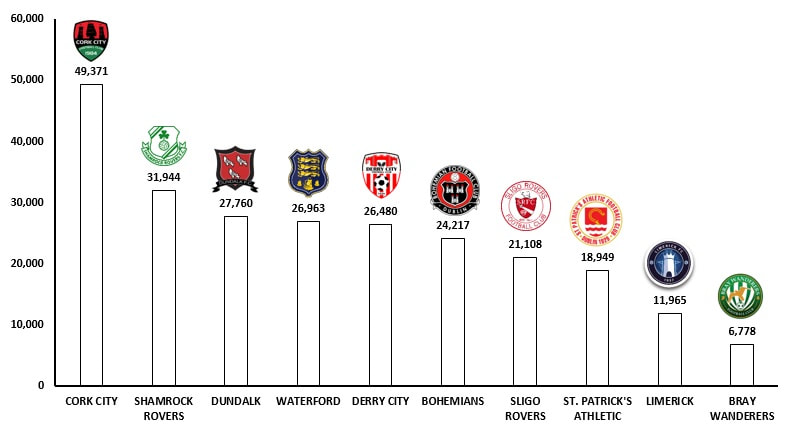
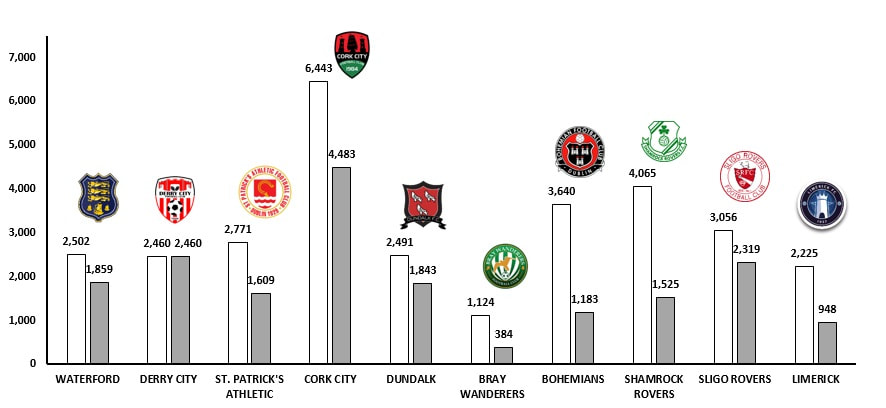
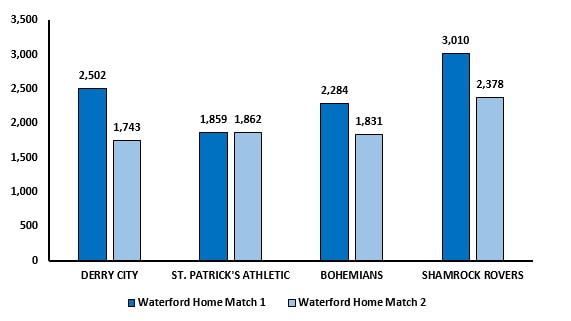
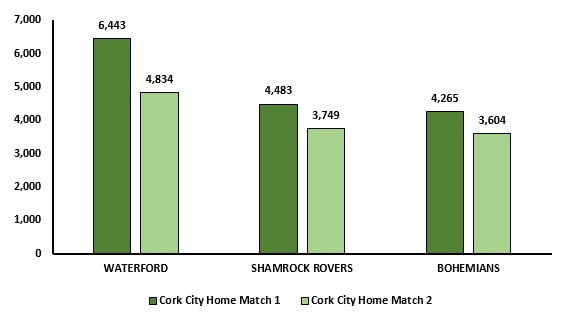
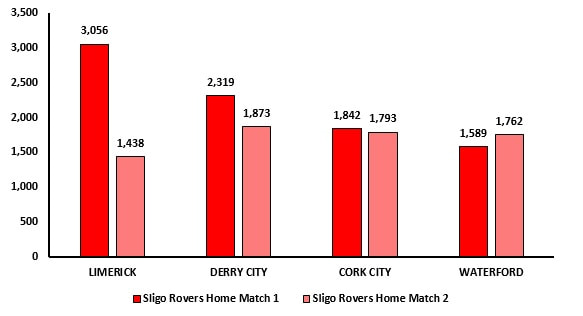
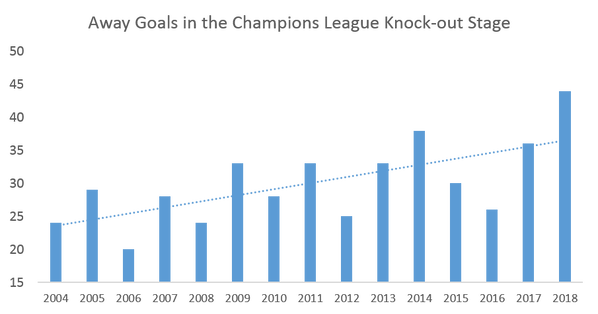
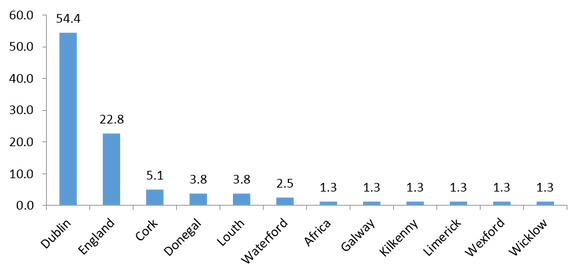
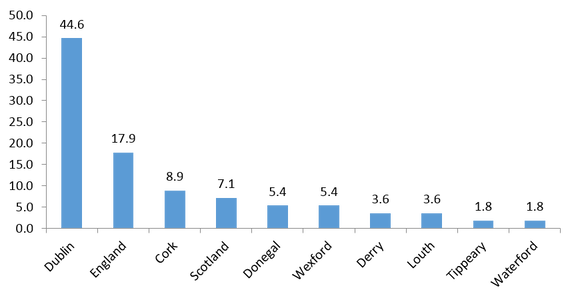
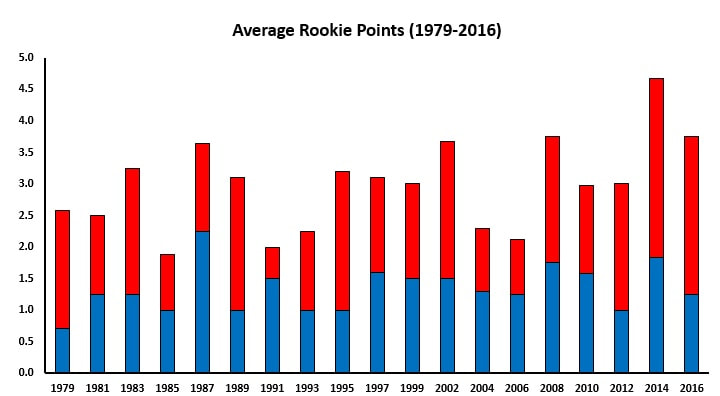
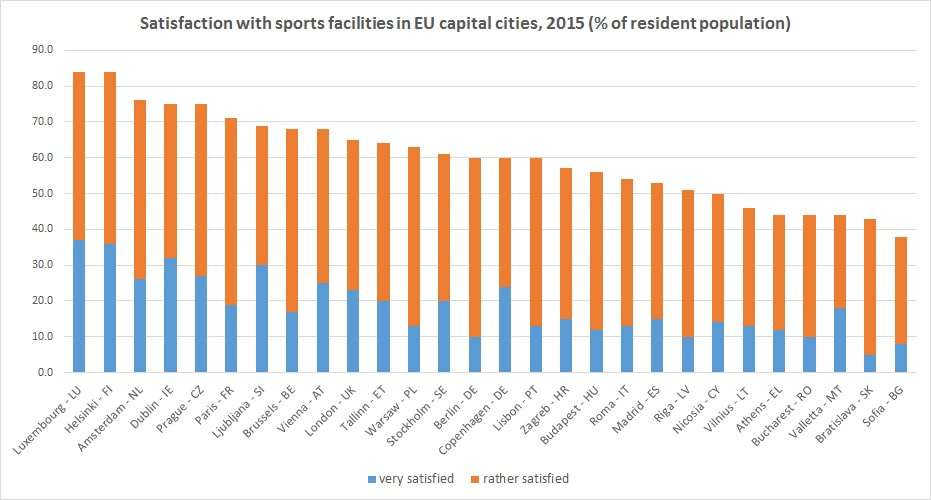
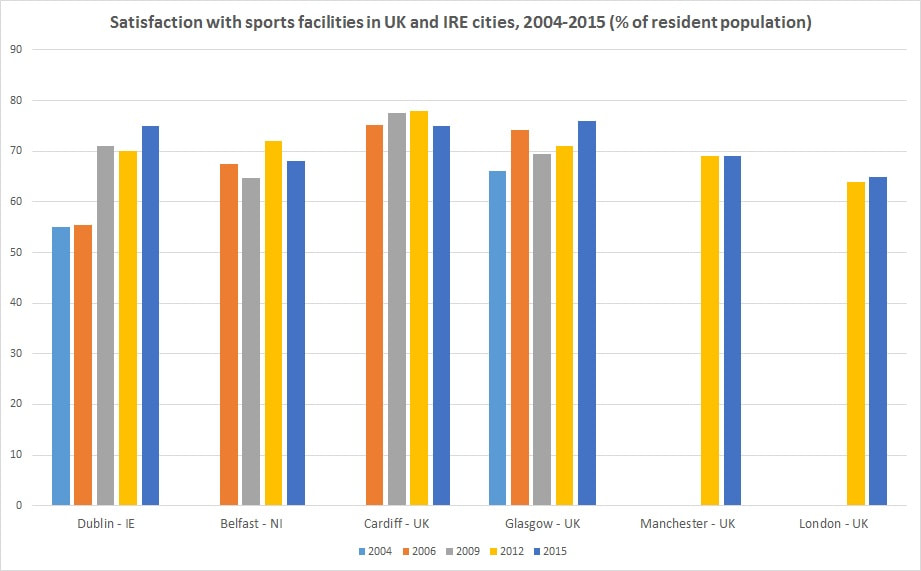
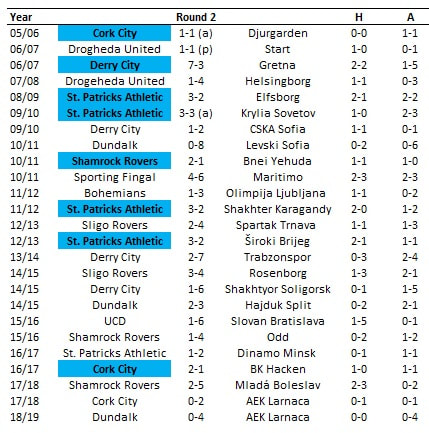
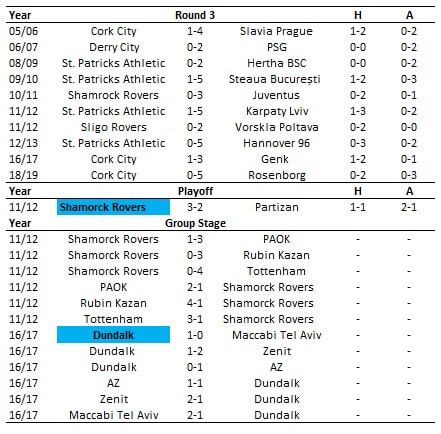
 RSS Feed
RSS Feed